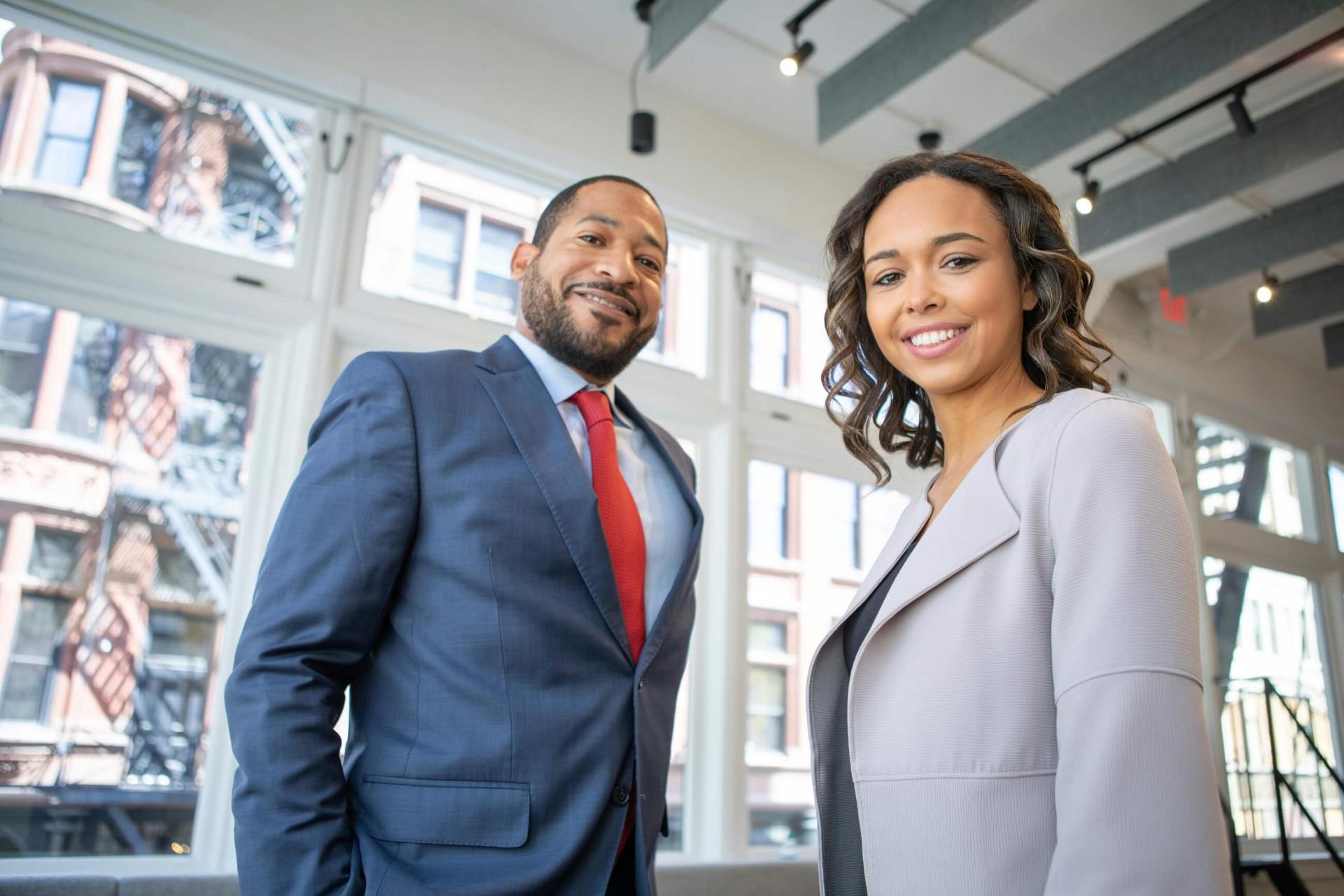Clothing and behaviors, both verbal and non-verbal, can communicate a lot about a person. When participating in a 4-H event, or representing 4-H at a local, regional, state or national opportunity, 4-H’ers are expected to dress and act in a way that is appropriate for the occasion. The 4-H Program’s top priority is the safety, both physical and emotional, of all of its members. Volunteers, chaperones and parents should ensure that 4-H members understand appropriate clothing choices and acceptable behaviors relevant to the trip or experience.
UVM 4-H encourages individuality within the guidelines described in this dress code. Participants are asked to use their best judgment, and to wear clothing that is best suited for a given activity. Volunteers, chaperones and staff need to be knowledgeable about the environment to which they take 4-H members, and prepare them accordingly with expectations around appropriate behavior and attire. 4-H’ers should also understand why they are being asked to dress and conduct themselves in a certain manner. This will reinforce the expectation about appropriate attire and further develop life skills in relation to how 4-H’ers are perceived by other members of society and what messages clothing can communicate.
Allowable Dress
- All clothing should be neat and clean. Clothing must always include at least both a shirt and pants/skirt, or the equivalent, and shoes. Clothing must be made of opaque materials (not able to be seen through) and have fabric both in the front and on the sides.
- Clothing must be suitable for the scheduled activities, especially where unique hazards exist or where safety gear is needed. Specialized attire may be required.
- Gender anatomy should be covered with opaque fabric (not able to be seen through). Clothing must cover undergarments, waistbands and bra straps excluded.
Non-Allowable Dress
- Clothing may not depict, advocate, or advertise the use of alcohol, tobacco, or any other controlled substances.
- Clothing may not depict nudity, pornography, or sexual connotations.
- Clothing may not use or depict hate speech targeting any group based on race, gender, sexual orientation, gender identity, religious affiliation, ethnicity or any other protected group.
- Articles of clothing that are degrading to any population, such as those that are racist, sexist, homophobic, are never acceptable.
Examples of types of dress
Casual
Travel days, evenings, community service, camp, club meetings, etc.
Jeans, shorts, leggings, t-shirts, flip flops, sneakers.

Business Casual
Communication contests, conferences, workshops, interviews, etc.
Khakis/chinos, jeans without rips, dress pants, shirts with a collar, blouses, sweaters, skirts, boots or dress shoes.

Business/Professional
Visits to legislators, more formal interviews, may vary by state.
Suits, dresses, dress pants, blouses, ties, jackets, dress shoes.
